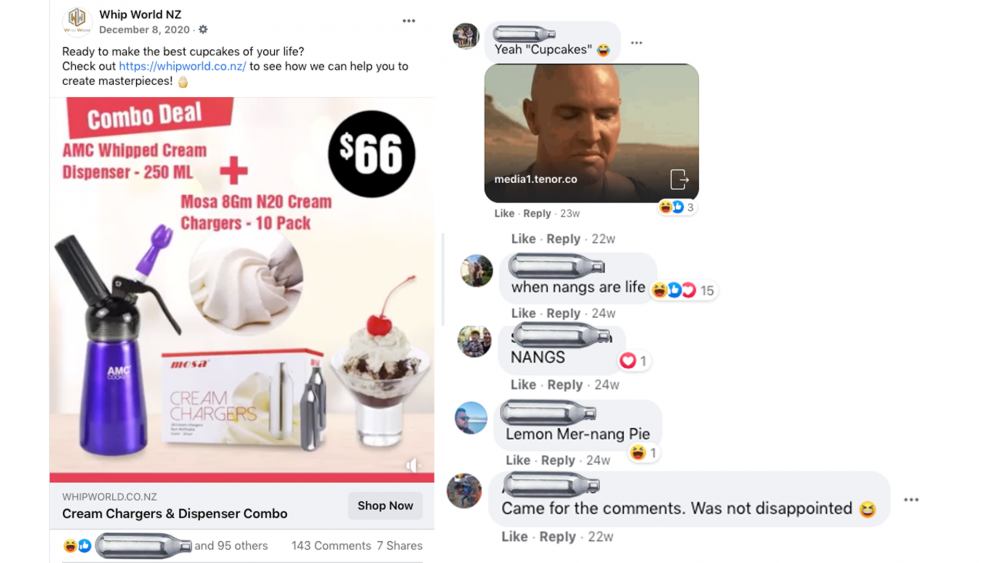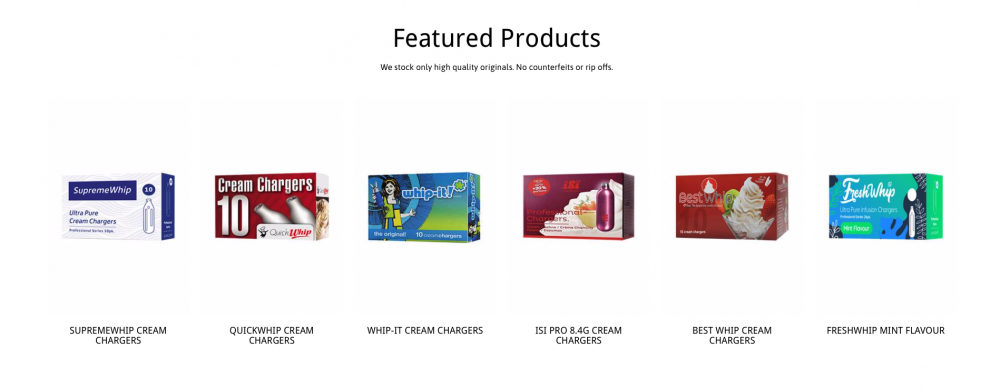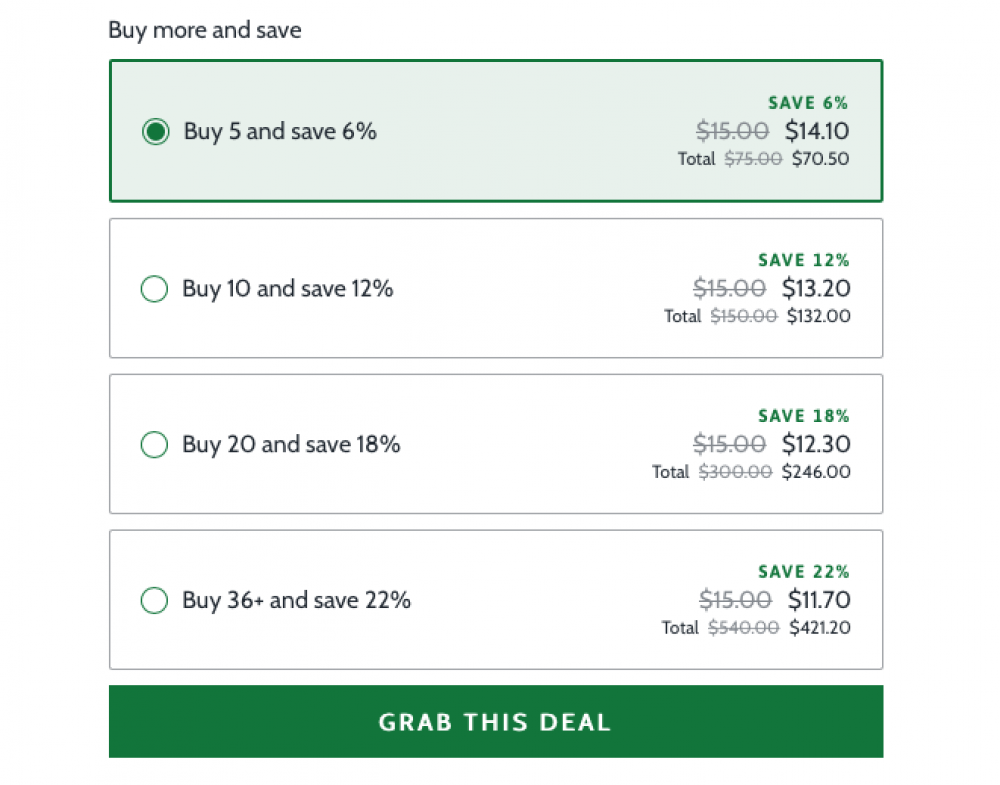Update (28/03/2023): This story was first published on June 6, 2021.
In March 2023, the United Kingdom announced it will ban the sale of nitrous oxide, aka laughing gas or nangs, despite a government advisory group warning a ban would do more harm than good.
In 2021, Re: News looked into New Zealand's nitrous oxide industry. Here's what we found:
After months of being advertised whipped cream dispensers on his social media, Re: News journalist Baz Macdonald decided to look into the world of New Zealand’s drug grey market.
For the past several months, my social media has been full of advertisements for whip cream companies. Which is weird, because I am not much of a baker. Plus, I think whipped cream is gross.
So why the hell am I so aggressively being advertised whipped cream paraphernalia?
Well, as many of you probably know, there is an alternative use for whipped cream dispensers and their charger canisters.
The little canisters are full of nitrous oxide, often referred to as NOS. When actually used as a whipped cream dispenser, this NOS cools and whips liquid cream while forcing it out the dispenser nozzle as a stream of whipped cream.
But, remove the cream, and it’s possible to dispense the NOS itself. When inhaled, the gas gives a brief but intense euphoria to the user. For almost two centuries it has been used for medical purposes - often at dentists or during childbirth for pain relief and sedation.
New Zealand has experienced waves of recreational nitrous oxide use. The most prominent was in the early 2000s when bars and music venues across the country set up NOS stations, where people could pay to have a balloon filled and inhale it right there in the bar.
This led to an amendment to the Medicines Act in 2005 that made it illegal to sell or purchase nitrous oxide canisters for the purposes of inhaling it.
But it’s not illegal to sell nitrous oxide for the purposes of whipping cream.
And so, a handful of catering supply businesses have popped up online dedicated to the sale of whipped cream chargers.
But there are indications some of these businesses might be targeting more than just the bakers of New Zealand.
The most common nickname for the canisters as a drug in New Zealand is nangs. If you Google “nangs NZ”, the top listed ads are for “Cream Chargers” from a range of catering companies.

Google ad results are driven by keywords selected by the businesses themselves. As Google itself makes clear in its user blog, the main criteria for an ad being generated when you search is if it references a product relevant to the business (like shoes, or tshirts, or in this case, nangs), or if the business has specified a relationship between their business and that keyword.
So it’s highly likely that for a catering company to have an ad for their website pop up when I search “nangs NZ”, that company will have put “nangs” as a keyword.
One company even came up on Google as this:

But it’s one thing to be searching out the drug on Google. It’s a whole other thing to have it marketed directly to you on your social media.
My nang journey
For months, my Facebook had been jam-packed with these advertisements.
Going through the comments, I clearly was not the only one whose first thought was not baking supplies.

I wanted to know why I was seeing so many of these ads in my feed. Well, it turns out Facebook lets you see the reasons a particular ad is showing up. If you click the three dots in the upper right hand corner of any ad and click the ‘Why am I seeing this ad’ button, it will show you a list of reasons chosen by the marketer - such as your age, gender, and if you engage with similar content.
The main criteria behind why I was seeing these whipped cream advertisements was that I am over eighteen years old.
Most of these ads are for a company called Whip World New Zealand, whose website is almost entirely dedicated to selling whip cream dispensers and rechargers.

It is completely legal for me to buy these, as long as I have the intention to use them for whipped cream.
So I decided to start with the purchase of a dispenser and single pack of 10 whipped cream NOS chargers. I was nearly tempted by the savings of a bulk order: I could have saved 22 percent by buying more than 36 packs. But I decided one box would probably do for now.

Moments later, I had my payment and delivery address filled out, and my order placed. The only restriction in the whole process was a screen when I opened the website asking if I was over eighteen.
Two days later I was unpacking my brand new whip cream dispenser and chargers at the kitchen table of the office.
I was ready to decorate a cake... or crack a nang. It was as easy as you would want buying catering supplies to be.
But is it as easy as we want buying drugs to be?
The Whip-It market
I wanted to give Whip World the benefit of the doubt about whether they really sell for legitimate whipped cream use.
But how big can our legitimate whip cream market even be?
I spoke to several cafes and food businesses about their whipped cream charger usage. The largest user I found was Wellington’s LaBelle Waffle, who told me they use four to seven canisters a week.
Bear in mind this is a company whose sole business is selling waffles. Nearly half of the waffle options on their menu feature whipped cream, and they only need seven canisters a week of NOS to whip all that cream.
That’s less than the one box of ten I ordered, and definitely less than the 360 canisters I would have gotten if I had done the bulk deal available from Whip World. It would take LaBelle Waffle an entire year to get through that many canisters.
The cafes also pointed out that the majority of food businesses in New Zealand purchase whip cream rechargers through major food suppliers like Bidfood. So it seems it’s very unlikely the online retailers I was looking at are selling to many cafes.
This suggests most of their remaining legitimate market for whip cream products would have to be individuals for home use. But who is using that much whipped cream at home?
I reached out to Whip World and ended up chatting with their regional manager Predt Singh.
He said before they started the business last year they conducted some online surveys of people over 18. Their survey found almost forty percent used rechargeable whip cream dispensers at home.
If their survey results could be expanded to the general population, that would mean around 1.4 million people in New Zealand use nitrous-oxide powered whipped cream dispensers at home.
But before buying a whip cream dispenser from Whip World for this story, I had never seen one in my life. So I find it very difficult to imagine more than one in five people I know are going home to prepare NOS-whipped delicacies. But hey, I might just be uncultured.
Regardless, from their survey results Predt and his team believed there was a stable market of legitimate users of whip cream chargers in New Zealand.
So many users, in fact, they decided our country of five million needed an eighth online retailer dedicated to their sale.
A year after their creation, Whip World now processes around 200 orders a month, Predt says, with an average order containing three or four boxes of ten chargers.
You use up one canister each time you want to whip 500ml of cream. So someone using Whip World’s average order of four boxes a month is whipping 500ml of cream 40 times a month, which is 20 litres of cream total.
Based on the number of canisters used, that’s somewhere between double to four times the amount of cream LaBelle Waffle uses every month.
Predt says that most of their customers are not return customers, however, so it is likely people buying four boxes are spreading their use out over more than a month.
Still, Predt says they know there was potential for their products to be abused. From analysis of customers’ IP addresses, he believes only one in fifty orders is with the intention of illicit use.
“We see people trying to get clever,” he says. “They make many small orders under different names.”
“[In that case] we ask for the orderer’s name and ID. When the customer is unable to provide that, we cancel the orders.”
He lists a number of safety nets they have in place to ensure the sale of their products are legal - including an age verification screen before entering the site, and an audit of any order containing more than twenty boxes of chargers.
“We try to keep it as lawful as possible. That's the reason if any bulk order comes in, we try our best to gather information about the business, and confirm the purposes they’re going to use it.”
As to why their website was being advertised on my Facebook, Predt insists I must have been searching for whip cream products. I can assure you, I had not been. The closest thing I have is a subscription to Tasty on Facebook.
Predt says he understands the concern people have for their products being misused.
“They say it is harmful to your body. We just saw in the news that a lady had been consuming about 160 of these charges a day and had been paralyzed.”
Nangs to your door
The woman he was referring to is 36-year-old Larissa Wright from Christchurch.
In January this year, she woke up with paralysis in parts of her body caused by her chronic nang use. At the peak of her usage, she was inhaling 160 whip cream canisters a day.
The paralysis and numbness Larissa experienced was due to a B12 vitamin deficiency caused by her overuse of the nitrous oxide gas over a long period of time.
While she had mostly bought her nangs from dairies, she thinks the number of people using them in New Zealand is increasing because of how accessible these catering supply companies make them.
“These catering companies make it so easy to get your hands on, it's ridiculous,” she tells me. “They know what they're doing and I actually don't think they care.”
Some of these companies are offering same day delivery, she says, where you send them a message and they come straight to your house with your order. (To be clear, Whip World is not one of those companies).
“When you're doing a delivery at two o'clock in the morning, no one is baking a cake,” she says. “It's kind of like an Uber, you contact them, they get to you in twenty minutes, ‘Here ya go, see you later.’”
Her use of nangs introduced her to the community of sellers and buyers, and so she actually became friends with people who run catering supply websites.
Since her paralysis, she has confronted some of them about the effect nangs can have. But Larissa says they were pretty dismissive, claiming it was her overuse that was the problem, not the nangs themselves.
“They reckon they are okay at a party as a once off. They have the impression that people are just doing it as a social thing.”
To them, her experience was an exceptional worst-case scenario.
The grey market
These dealers are right that the extreme experiences Larissa had with nangs are not common.
Deputy director of the NZ Drug Foundation Ben Birks Ang says they monitor the scale of harm done by different drugs through their interaction with the health and justice system. They see almost no contact between nitrous oxide and health or justice in New Zealand.
“That also matches what we would expect, because the harm profile of nitrous oxide is really low compared to other substances,” Ben says.
“And we base that on the clinical research that's been done, and also knowing that nitrous oxide itself has a very, very long and documented history as a chemical that's used for medical purposes. So there's a lot of data around the expected health outcomes from use.”
Because nitrous oxide needs to remain available for medical use and food preparation, as a drug it has become part of the grey market. It’s not like meth - completely prohibited and only available on the black market - but it’s also not a regulated substance for human consumption like alcohol.
NOS joins a list of other substances in our grey market like butane, petrol and aerosol cans. All of which have legitimate uses and so need to remain available, but have also been abused as a drug.
Although NOS, butane, and petrol are all classed as volatile substances, they cause vastly different scales of harm. While NOS has been approved for human consumption under some circumstances, and has a low harm profile when used illicitly, there are no harm reduction techniques for substances like butane or petrol - they shouldn’t be inhaled under any circumstances.
Ben says the existence of NOS within the grey market is an example of strict legislation failing to consider the nuance of why and how people use it, and what the practical ways to reduce harm are.
“It hasn't addressed the issue of supply for people who choose to use it recreationally and still continue to do that through this grey market. So the issue is still there, it's just not dealt with.”
By pretending that people won’t use whip cream chargers to inhale the gas, more harm is caused. For example, the canisters are not designed for human consumption, and so when people try to inhale the gas from them it can occasionally result in freeze burns to users’ face and hands.
If we were to address nitrous oxide directly, instead of pretending it doesn’t exist and allowing these grey markets to thrive, Ben says there are a whole bunch of tools we would have available to reduce harm from it - including more robust harm reduction information alongside sales, registered sellers, and more fit-for purpose delivery systems.
“All of those things are about increasing control over the supply chain, to reduce harm,” Ben says.
Without this control, there has been a tendency for these grey market businesses to take the piss. A good example of this is a Wellington dairy that had its liquor license revoked in 2019 after they made almost $70,000 from selling 3.8 tonnes of poppy seeds in one year - the equivalent of almost four medium sized cars in weight. Like whip cream chargers, poppy seeds also have a legitimate and illegitimate use.
Curbing the caterers
Since Larissa shared her story earlier this year, government medicine oversight organisation MedSafe has started an investigation into the current state of NOS distribution in New Zealand.
It is unclear how long that investigation will take, or what its findings will be.
In the meantime, a whole industry of online retailers exist, who Larissa says are well aware that their market is not bakers but inhalers, and are catering directly to them.
The grey market seems to represent the worst of both the regulation and prohibition approaches - where the substance is still readily available, but without any of the data or oversight that allow us to understand and address its usage or harm.
“And at the same time, there are companies who are profiting from marketing in this way,” Ben says.
“They are very knowledgeable about what's happening and what they're aiming to do, but at the same time aren't being as transparent about that. Which is understandable, because they can't within the current laws.”
It might be time for a new approach to how we sell nangs in New Zealand…. I mean whip cream chargers.
Photos by Jack Davies
To find more about the effects, harms, and harm reduction suggestions for nitrous oxide, go to High Alert.
This story is part of Re:’s Drug Week. We’re talking nangs, comedowns, decriminalisation and more.
Where to get help:
- The Ministry of Health has a list of different addiction help services here
-
Free 24-hour drug and alcohol helpline: 0800 787 0797
Related stories: